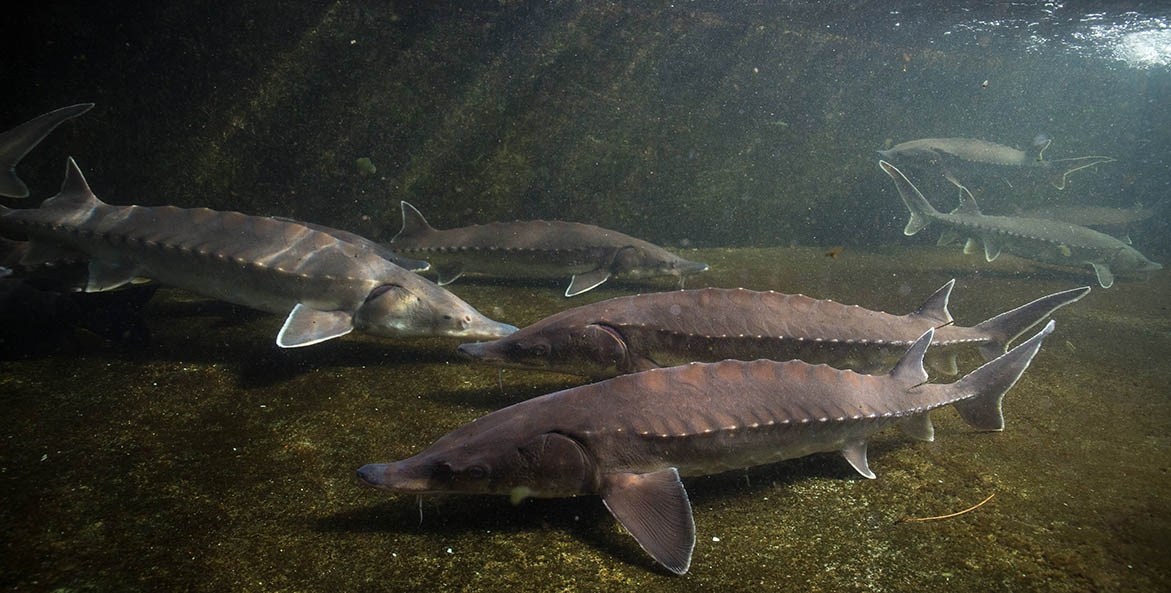How do you sum up 2022? For the Chesapeake Bay and the people and creatures that call it home, we saw good news and bad; stories that cause us to worry and those that inspire us to dream big. Sturgeon returning to a small river on Maryland’s Eastern Shore. An urban farm taking root at a community church in Richmond. An innovative plan to engage farmers and save brook trout in Pennsylvania. These stories and the others featured in this newsletter were the favorite picks of our readers and editors this year. While not all contain good news (Lake Anna’s addition to Virginia’s dirty waters list, for example), many—like the stories of a restored oyster reef in Norfolk and the experience of farmers who traveled to meet watermen on the Bay—are hopeful reminders of the Bay’s resilience and the human connections that make restoration possible. The same can be said for our year-end news roundup, which looks back on the biggest headlines of the year—from major new funding for farm conservation to the worrying decline in the Bay’s blue crabs. “Our work, and the work of the Clean Water Act, is not done,” Hilary Harp Falk, CBF’s new president and CEO, wrote on the landmark law’s 50th anniversary. “But thanks to those who continue to invest in each other and the watershed we call home, we have the opportunity to build on our successes and accomplish its goal.”
Readers’ Choice
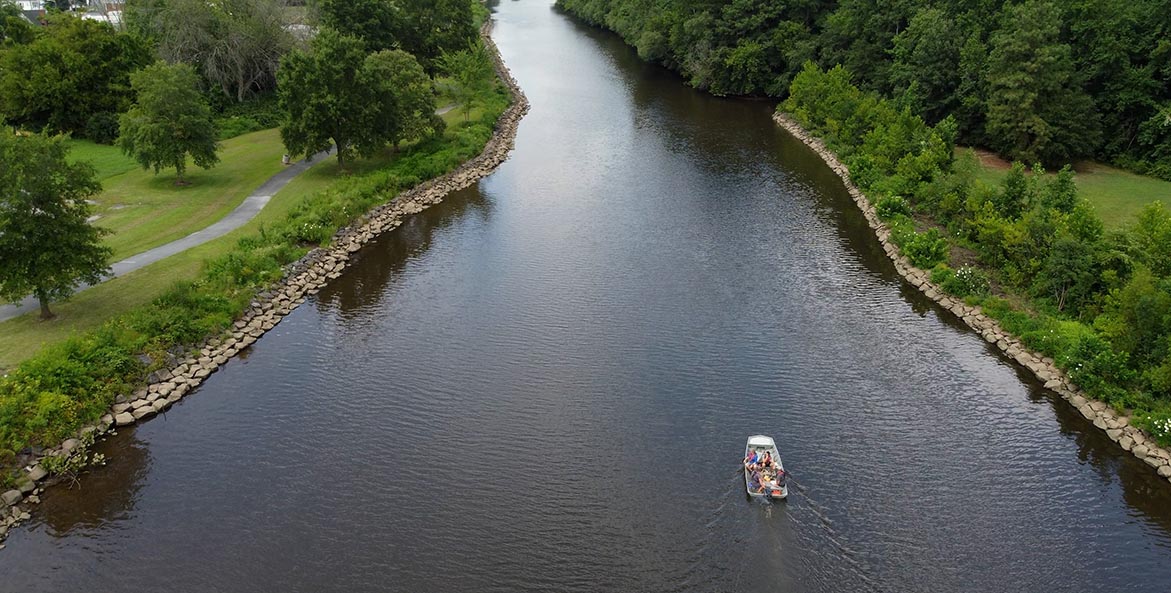
Dr. Dave Secor and other scientists travel up Marshyhope Creek near Federalsburg to place telemetry instruments to track the river's sturgeon population.
A.J. Metcalf/CBF Staff
Sturgeon Resurgence
Endangered Atlantic sturgeon are making a comeback in the Chesapeake Bay watershed, where scientists once thought the prehistoric fish were locally extinct. Now, they are finding sturgeon in Bay rivers like Marshyhope Creek on Maryland's Eastern Shore, which this year became the epicenter of a successful community effort to push back against a proposed salmon factory, which could have had detrimental impacts on clean water .
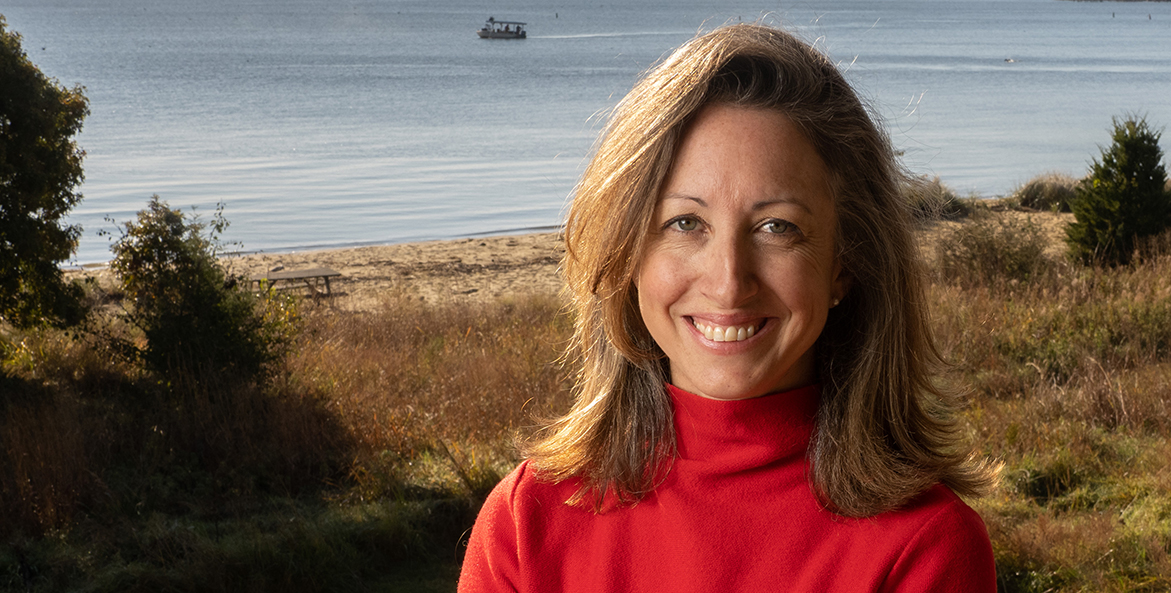
With deep Chesapeake roots, Hilary Harp Falk takes the CBF helm during a critical time for Bay restoration.
Dave Harp
A Chesapeake Homecoming
CBF welcomed Hilary Harp Falk as its new president and CEO this year. Before rising to lead the National Wildlife Federation’s national and regional programs, Falk fell in love with the Bay early and began her career as a CBF intern and island educator. She is committed to bringing people together in the “ongoing and collective project” for clean water.
VIDEO: Farmers Meet the Bay
What happens when a group of farmers from far upstream meet the Chesapeake Bay? They kiss fish, bait crab pots, and return home more enthusiastic than ever to promote the farm conservation practices needed to restore the Bay's waterways and protect the livelihoods of watermen and others who depend on clean water.
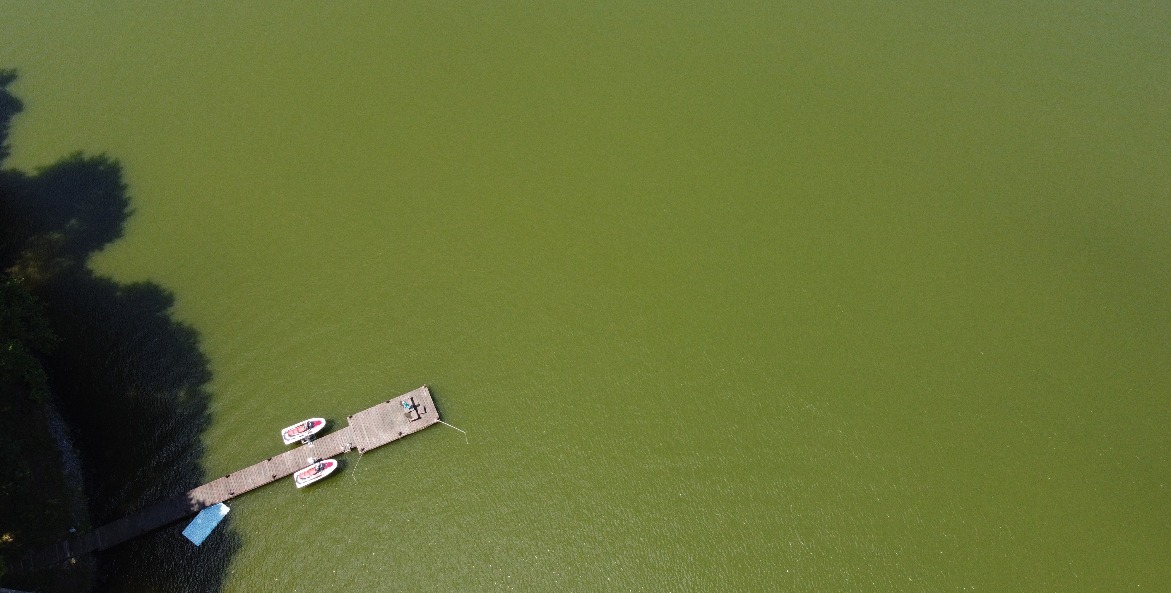
Harmful algal blooms in Lake Anna color the water green in August 2022.
Kenny Fletcher/CBF Staff
Lake Anna’s Toxic Blooms
Virginia's Lake Anna is a water lover's paradise. But the popular recreation spot is battling a problem common throughout the Bay watershed—harmful algal blooms that for the last five summers have prompted advisories warning people to avoid the water. This year, Virginia added Lake Anna to its "dirty waters list," an important step to spur action.
Editors’ Choice
VIDEO: A Thriving Oyster Reef
Norfolk's Lafayette River was once polluted, but this big-city river is now better known for successful oyster restoration. CBF, the Elizabeth River Project, and partners built 32 acres of oyster reef, completing the effort in 2018 when the Lafayette became the first Virginia tributary to meet goals for oyster habitat. Now recent surveys show that the reef is not just doing well—it’s thriving.
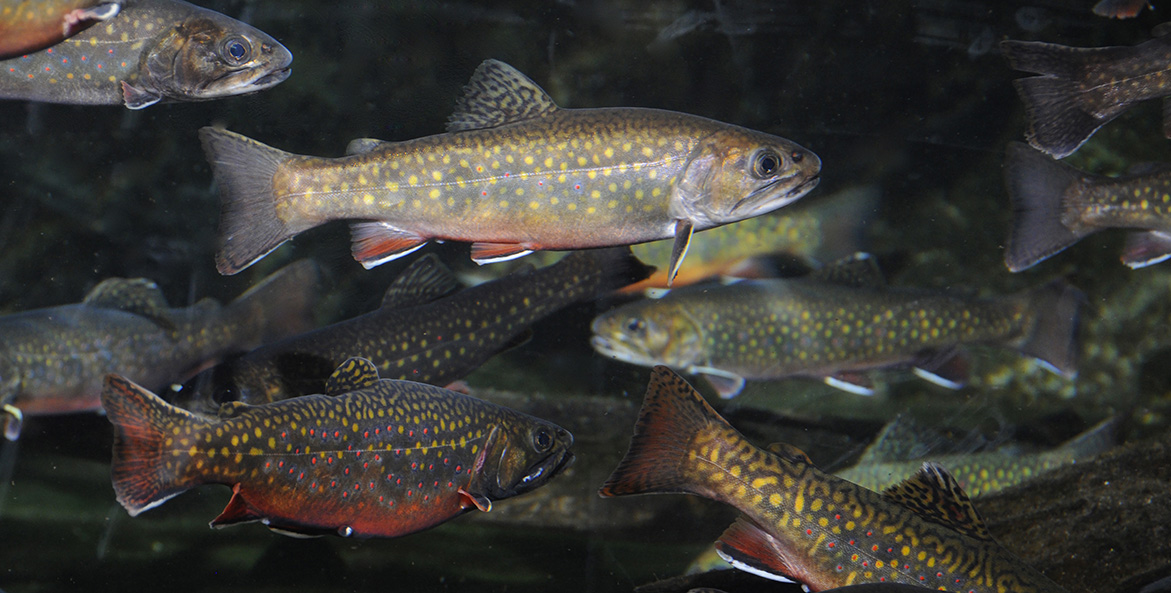
Pennsylvania's official state fish, the native brook trout (Salvelinus fontinalis), thrives in cool, clean water.
The Wild Center
Forest Fish
Brook trout, the only trout native to the Bay watershed, once lived in Appalachian streams from Georgia to Maine. Forest loss, rising temperatures, and pollution have pushed them out of many areas. But it's still possible to bring brook trout back—CBF's Brian Gish has a plan to do so in one of Pennsylvania's most beleaguered watersheds.
VIDEO: Farming in Richmond
How do you provide fresh produce in a community with few grocery stores, reduce polluted runoff, and build a healthier community? Second Baptist Church in Richmond, Virginia teamed up with CBF to create an urban farm while treating stormwater runoff from its large roof and parking lot, helping address a growing source of pollution in the watershed.
VIDEO: Around the Bay in 60 Seconds
This month, our news roundup looks back on the biggest Bay headlines of 2022, including: the worrying decline in blue crabs; Pennsylvania’s establishment of a new program to help farmers adopt conservation practices; legal wins in Maryland that will help protect forests and limit poultry pollution; an environmental education milestone in Virginia; and more.
What You Can Do
- Explore what you made possible in our 2022 Year in Review.
- We’re in the thick of holiday gift-giving season! Grab some last-minute gifts for Bay-loving family and friends at our CBF Store or Online Giving Catalog.
- 2023 legislative sessions will be kicking off in less than a month, and things move quickly. Stay up-to-date on all things related to Bay advocacy by joining our SMS alert network.
- Now through December 31, your gift to save the Bay is worth DOUBLE. Give today to have your donation matched dollar-for-dollar by CBF's Board of Trustees.

